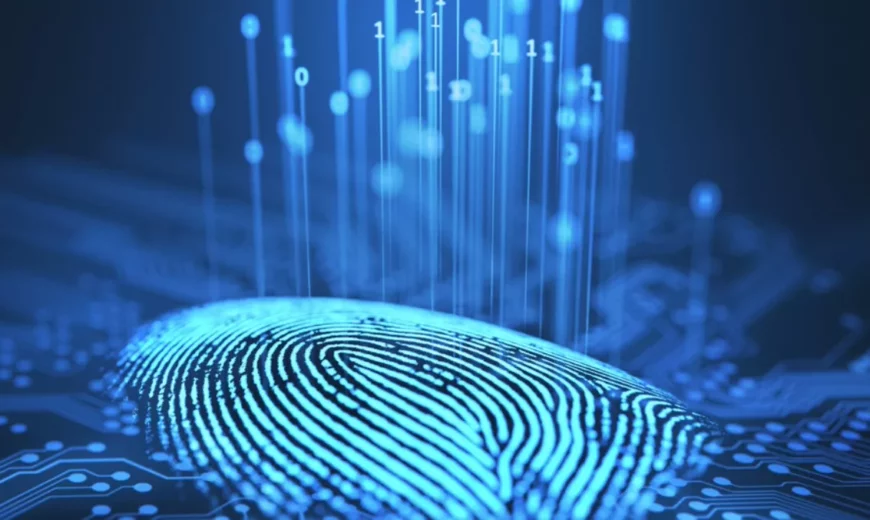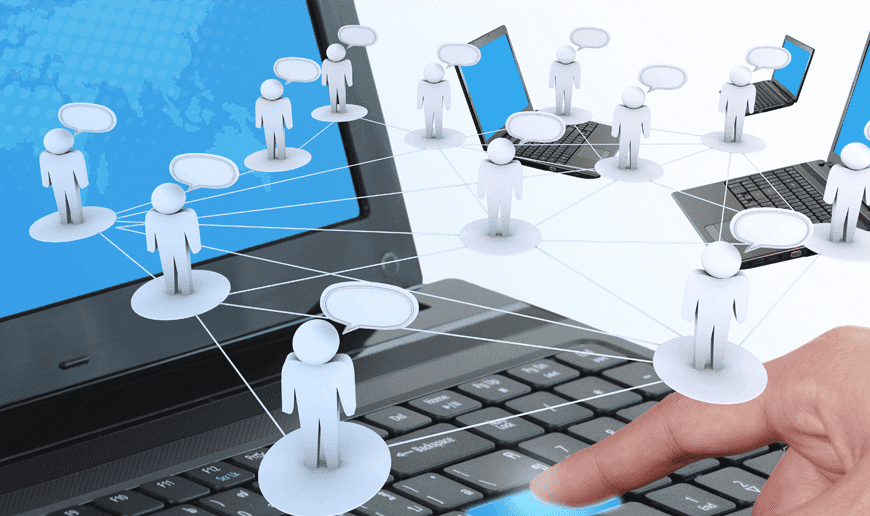There are many traders and investors around the globe who dealt in various kinds of crypto-currencies. And they had to always go through a lot of tedious tasks from...
A Learning Management System (LMS) is a software application that enables businesses to manage, deliver, and track employee training programs. An LMS can play a critical role in a...
In recent years, biometric technology has been used for commercial and public consumption. Face recognition technology was used as a biometric identity verification for electronic passports and other Machine...
Are you concerned about the fact that the kids at home are constantly misusing the cell phones? Well, there is no need for you anymore to stay in that...
Growing figures of people are beginning to produce classified advertising websites. Many startups, webmasters or ordinary citizens are embracing sell websites to promote their product or services on such...
But where should you develop your website if you have to choose between the two? In this post, we compare the features of Squarespace and Adobe Portfolio to help...
The Cloud is altering the strategies by which companies operate. It’s introduced the spotlight onto RDS (Remote Desktop Services) monitoring. RDS systems are involve the hour for several companies....
The International Association of Privacy Professionals (IAPP) is considered the largest and the most comprehensive global information privacy resource and community. IAPP was founded in 2000. It is also...










